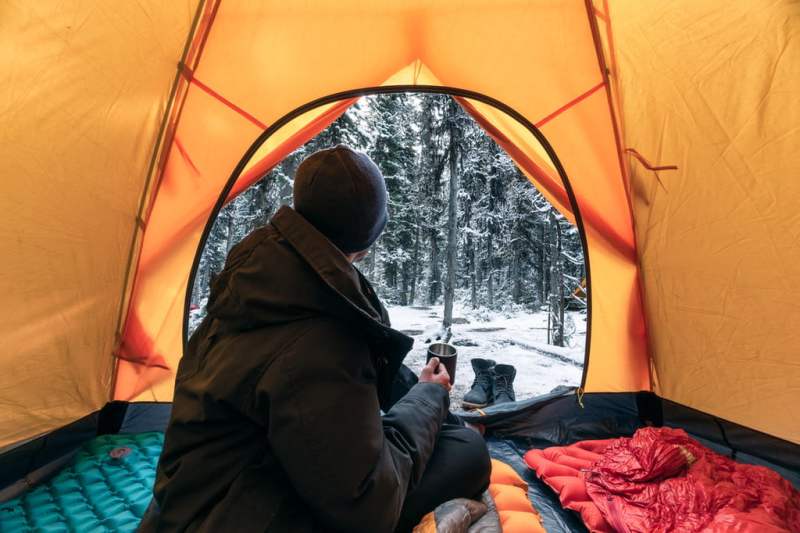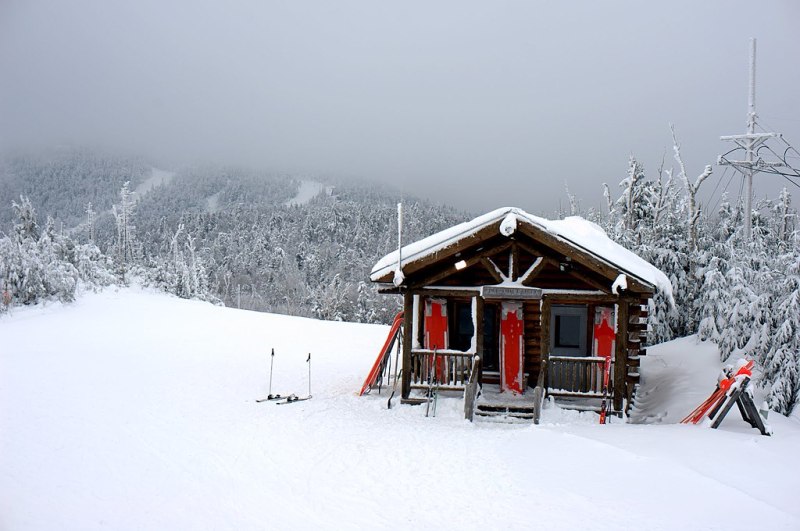If I opened up your camping gear cupboard, what would I find? My best guess would be a whole load of tents, hiking boots, sleeping bags, and an inflatable mattress or two. But what about a sleeping bag liner? I was slow to convert to a sleeping bag liner, I’ll be honest, but these lightweight, relatively inexpensive items are the unsung hero of your camping setup. Sure, it’s hard to get excited about them when you’ve got all your gadgets and gear, but seriously, I implore you never to go camping again without one of these.
For those who haven’t used them, sleeping bag liners are essentially thin sleeping bags made from cotton, silk, or a synthetic alternative that fits inside your sleeping bag. The smallest of these pack down to about the size of your fist and weigh a few hundred grams, while the bulkiest can transform your aging summer sleeping bag into a three-season dream. Whether you’re a fast-and-light thru-hiker, a family car camper, or anywhere in between, there’s a sleeping bag liner for you — and you should definitely buy it. Here’s why I think they’re worth their weight in gold.

Sleeping bag liners add insulation
Even some of the most ardent campers are reluctant to spend hundreds of dollars on owning multiple sleeping bags. Chances are that if you tend to camp in the summertime, you either have a two-season or a lightweight three-season sleeping bag. But now you want to take things into winter, you need a new bag, right? Wrong. Some fleece sleeping bag liners, like this one from Buy at REI can add up to 32º to your sleep system. In summer, it can even be used as a standalone sleeping bag.
If you don’t need the extra warmth, lightweight polyester, cotton, or silk liners will breathe more effectively and help to keep you cool on warm nights, especially if you use them without a sleeping bag. Lightweight synthetic liners can have a similar weight and temperature rating to silk, but the more insulated liners will be heavier and bulkier, so you won’t want to carry them if you don’t need the insulation.

Sleeping bag liners can extend the life of your sleeping bag
While it’s possible to wash your sleeping bag after every trip, most of the time, it just gets opened up, aired out, and packed back into its bag until the next time. Washing a sleeping bag requires space and time, and if you’re camping frequently, you just won’t want to do it. After all, you don’t wash your bedding after every night sleeping in your bed, right? But you also don’t tend to get into your bed in the same state you’re in when you climb into your sleeping bag.
After eight hours of pounding the trails, you’re likely to be covered in sweat, mud, and who knows what else. A quick wash in the creek might help, but you’re still going to be a long way from clean. If you’re using a sleeping bag liner to keep your sleeping bag clean, most people choose a silk liner, like this one from Buy at Backcountry , for its comfort, breathability, and lightweight. Your sleeping bag liner will protect your sleeping bag from grime and extends its lifespan so that you don’t have to replace your equipment so often.

Always take your sleeping bag liner for staying in huts and hostels
Mountain huts and hostels are a mainstay of hikers and travelers around the world. Because of this, you can guarantee that the bed you’re sleeping in has been used by hundreds of hikers in the past, all in a similar state to how you feel when you crash down onto it. Even if the sheets have been freshly laundered, you’re still in a bed that has some mileage on it. A sleeping bag liner is not only recommended, but many mountain huts in the US insist that guests use them.
In the same way that your sleeping bag liner protects your sleeping bag from you, it can protect you from the bed you’re about to sleep in. This can help you avoid collecting any unwanted clingers-on and act as a barrier between you and others who have used the bed in the past. Travelers will often use cotton liners, like this one from Buy at REI . Cotton liners are fairly light, breathable, and affordable, and in warmer hostels, you can just use a liner and avoid contact with the duvet altogether.

Caring for your sleeping bag liner
Let’s be honest, the main reason that we don’t wash our sleeping bags all that often is because it takes a little more effort. First, you need a different type of detergent, and then you’re told to put it in a tumble dryer with some tennis balls to knock the stuffing back into place. Well, the good news here is that, unlike your sleeping bag, sleeping bag liners don’t require special care and attention. Instead, they can just be thrown into the wash with all of your other outdoor gear when you get back from your camping trip. But there are a few tips that can help keep your liner going for longer.
- Like all outdoor gear, wash your sleeping bag liner in a low-heat and gentle wash. Liners — especially silk — are delicate and can get damaged easily.
- Do not use any fabric softener on your sleeping bag liner. This is a good rule for all outdoor gear, as fabric softeners will negatively impact the wicking capabilities of your gear.
- Put your sleeping bag liner in a mesh bag or a pillowcase to wash it. This is a must-do if you use a top-loading washing machine, but I’d recommend it anyway. I’ve lost two silk liners to not doing this; they strangle themselves up with other gear and get torn, so now I always bag up before washing.
- Air dry your liners. There’s no need to tumble dry your sleeping bag liners, and they’ll last longer if you air dry them anyway.



